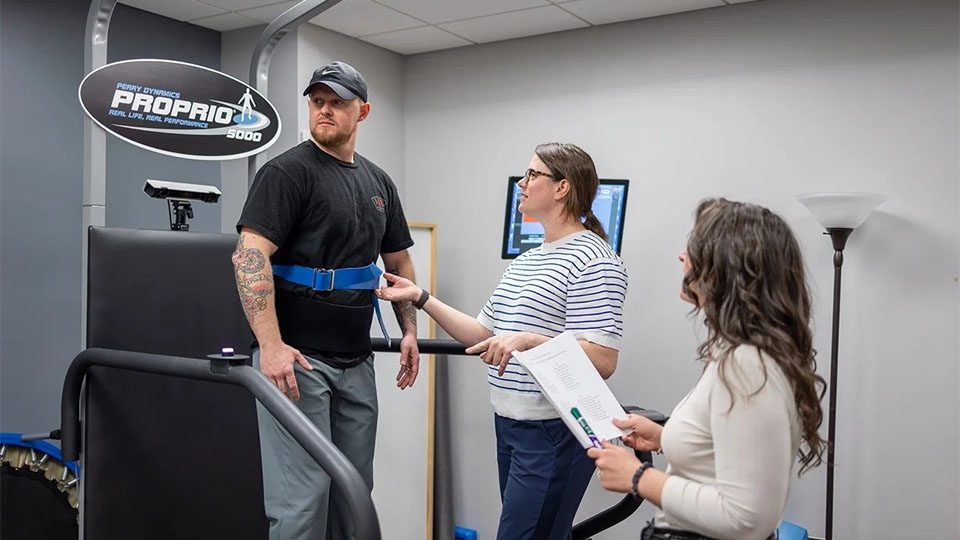Resources
Explore our collection of articles, research papers, partner studies and reports, clinical trial data, and more. These resources showcase the work Avalon and our partners are leading, ranging from advancing brain health programs to sharing the science behind Posttraumatic Growth. All materials are available to view and download, and we kindly ask that you respect and cite any content you use.

Traumatic Brain Injury
Implementing Goal Attainment Scaling as a Person-Centered Measurement Tool to Direct Care and Evaluate Outcomes in Neurorehabilitation Settings
Author: Tracey D. Wallace, MS, CCC-SLP, Bridget A. Cotner, PhD, Daniel Klyce, PhD, ABPP, Amber Walter, PT, DPT, NCS, April T. Hodge, PT, DPT, Russell K. Gore, MD, Katy H. O’Brien, PhD, CCC-SLP
Source: Archives of Physical Medicine and Rehabilitation (ACRM)